11.2: Basic First-order System Methods 11.3: Structure of Linear Systems 11.4: Matrix Exponential 11.5: The Eigenanalysis Method for x′ = Ax 11.6: Jordan Form and Eigenanalysis 11.7: Nonhomogeneous Linear Systems 11.8: Second-order Systems 11.9: Numerical Methods for Systems Linear systems. A linear system is a system of differential equa
Checking solutions to systems of equations | Khan Academy Wiki | Fandom
Aug 27, 2022The difference in form between Equation \refeq:10.1.15 and Equation \refeq:10.1.17, due to the way in which the unknowns are denoted in the two systems, isn’t important; Equation \refeq:10.1.17 is a first order system, in that each equation in Equation \refeq:10.1.17 expresses the first derivative of one of the unknown functions in a

Source Image: chegg.com
Download Image
There is a generalizations of Abel’s Theorem for systems of linear differential equations. W dt = (p11 +p22+…pnn)W (5.4.6) (5.4.6) W d t = ( p 11 + p 22 +… p n n) W. The main theorem on uniqueness and existence of solutions of systems of differential equations also holds true. We state it below.

Source Image: reddit.com
Download Image
Aquifer conditions, not irradiance determine the potential of photovoltaic energy for groundwater pumping across Africa | Communications Earth & Environment
Question A system is described by the following differential equation: \frac d^ 3 y d t^ 3+3 \frac d^ 2 y d t^ 2+5 \frac d y d t+y=\frac d^ 3 x d t^ 3+4 \frac d^ 2 x d t^ 2+6 \frac d x d t+8 x dt3d3y +3dt2d2y +5dtdy +y = dt3d3x +4 dt2d2x +6 dtdx +8x

Source Image: chalkdustmagazine.com
Download Image
A System Is Described By The Following Differential Equation
Question A system is described by the following differential equation: \frac d^ 3 y d t^ 3+3 \frac d^ 2 y d t^ 2+5 \frac d y d t+y=\frac d^ 3 x d t^ 3+4 \frac d^ 2 x d t^ 2+6 \frac d x d t+8 x dt3d3y +3dt2d2y +5dtdy +y = dt3d3x +4 dt2d2x +6 dtdx +8x
Consequently, a linear, time-invariant system specified by a linear con-stant-coefficient differential or difference equation must have its auxiliary Signals and Systems. 6-2. conditions consistent with that property. If, in fact, the system is causal in ad-dition to being linear and time-invariant, then the auxiliary conditions will correspond
Analogue computing: fun with differential equations – Chalkdust
Nov 16, 2022Systems of differential equations can be converted to matrix form and this is the form that we usually use in solving systems. Example 3 Convert the following system to matrix form. x′ 1 =4×1 +7×2 x′ 2 =−2×1−5×2 x ′ 1 = 4 x 1 + 7 x 2 x ′ 2 = − 2 x 1 − 5 x 2. Show Solution. Example 4 Convert the systems from Examples 1 and 2 into
Energies | Free Full-Text | A Comprehensive Review on a Virtual-Synchronous Generator: Topologies, Control Orders and Techniques, Energy Storages, and Applications
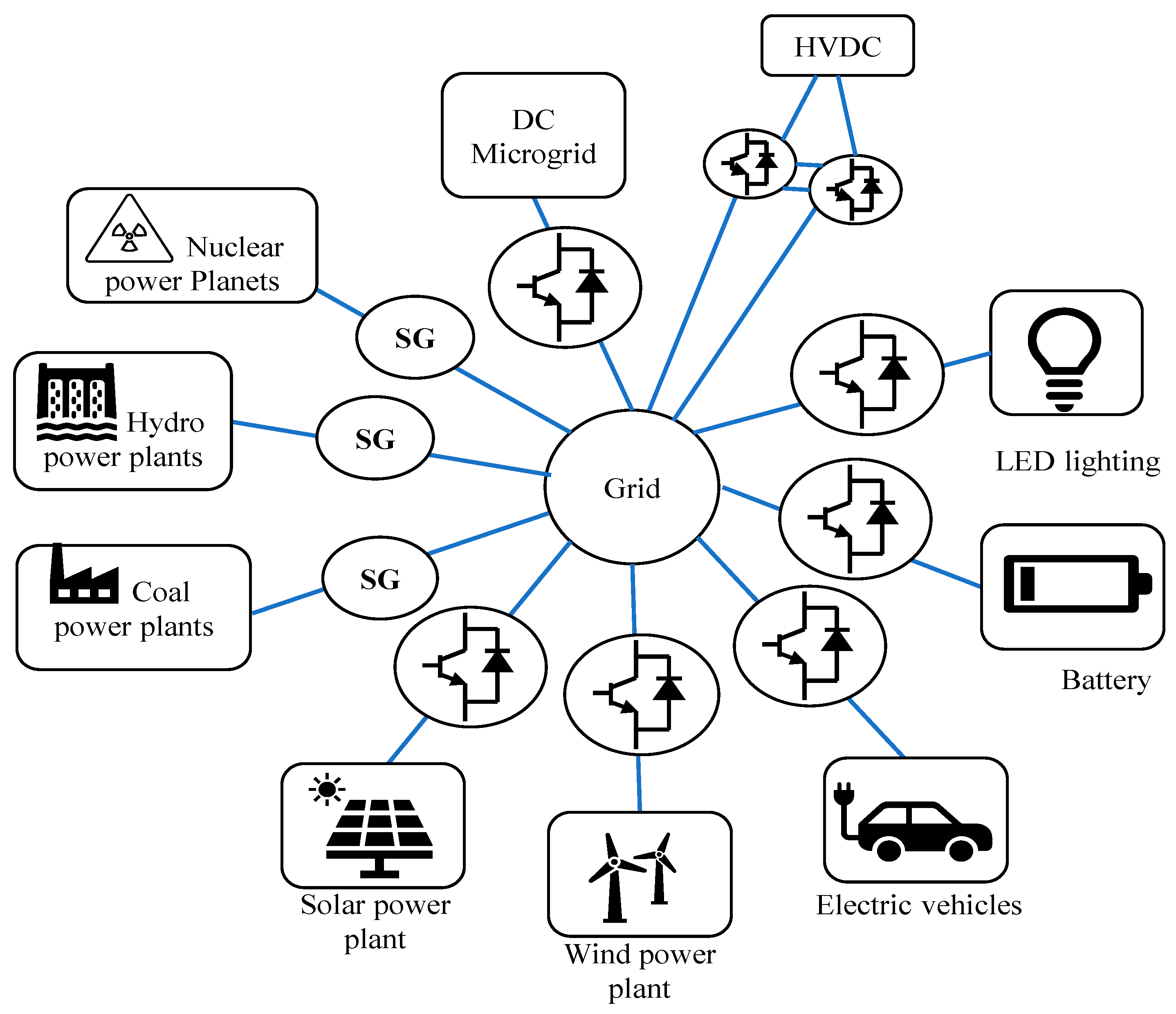
Source Image: mdpi.com
Download Image
The Intuition behind the Laplace Transform | by Son Cain | Intuition | Medium
Nov 16, 2022Systems of differential equations can be converted to matrix form and this is the form that we usually use in solving systems. Example 3 Convert the following system to matrix form. x′ 1 =4×1 +7×2 x′ 2 =−2×1−5×2 x ′ 1 = 4 x 1 + 7 x 2 x ′ 2 = − 2 x 1 − 5 x 2. Show Solution. Example 4 Convert the systems from Examples 1 and 2 into
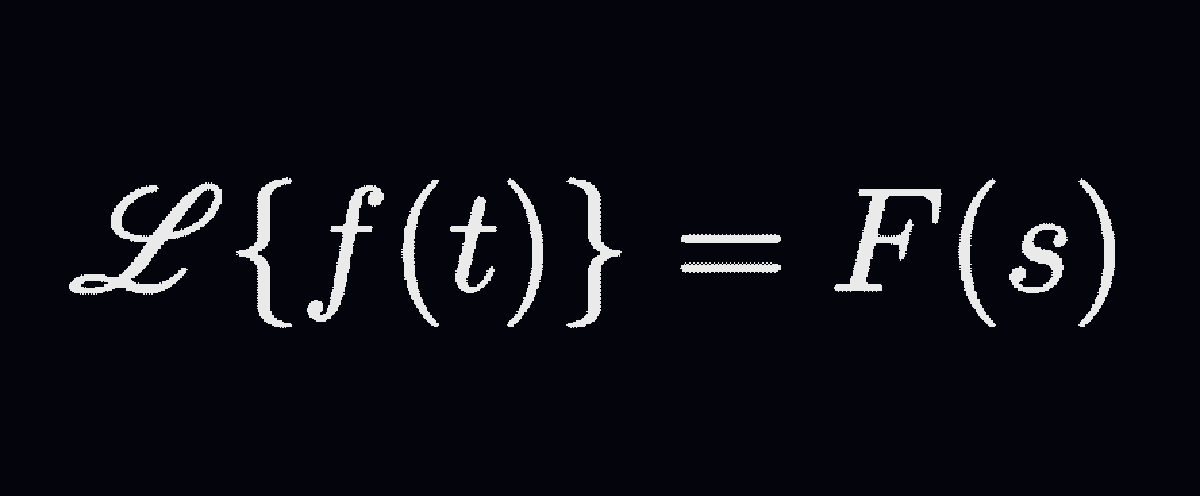
Source Image: medium.com
Download Image
Checking solutions to systems of equations | Khan Academy Wiki | Fandom
11.2: Basic First-order System Methods 11.3: Structure of Linear Systems 11.4: Matrix Exponential 11.5: The Eigenanalysis Method for x′ = Ax 11.6: Jordan Form and Eigenanalysis 11.7: Nonhomogeneous Linear Systems 11.8: Second-order Systems 11.9: Numerical Methods for Systems Linear systems. A linear system is a system of differential equa
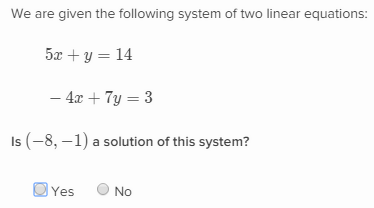
Source Image: khanacademy.fandom.com
Download Image
Aquifer conditions, not irradiance determine the potential of photovoltaic energy for groundwater pumping across Africa | Communications Earth & Environment
There is a generalizations of Abel’s Theorem for systems of linear differential equations. W dt = (p11 +p22+…pnn)W (5.4.6) (5.4.6) W d t = ( p 11 + p 22 +… p n n) W. The main theorem on uniqueness and existence of solutions of systems of differential equations also holds true. We state it below.

Source Image: nature.com
Download Image
NVIDIA Announces Modulus: A Framework for Developing Physics ML Models for Digital Twins | NVIDIA Technical Blog
We’ll say that A and f are continuous if their entries are continuous. If f = 0, then Equation 10.2.2 is homogeneous; otherwise, Equation 10.2.2 is nonhomogeneous. An initial value problem for Equation 10.2.2 consists of finding a solution of Equation 10.2.2 that equals a given constant vector. k = [k1 k2 ⋮ kn].
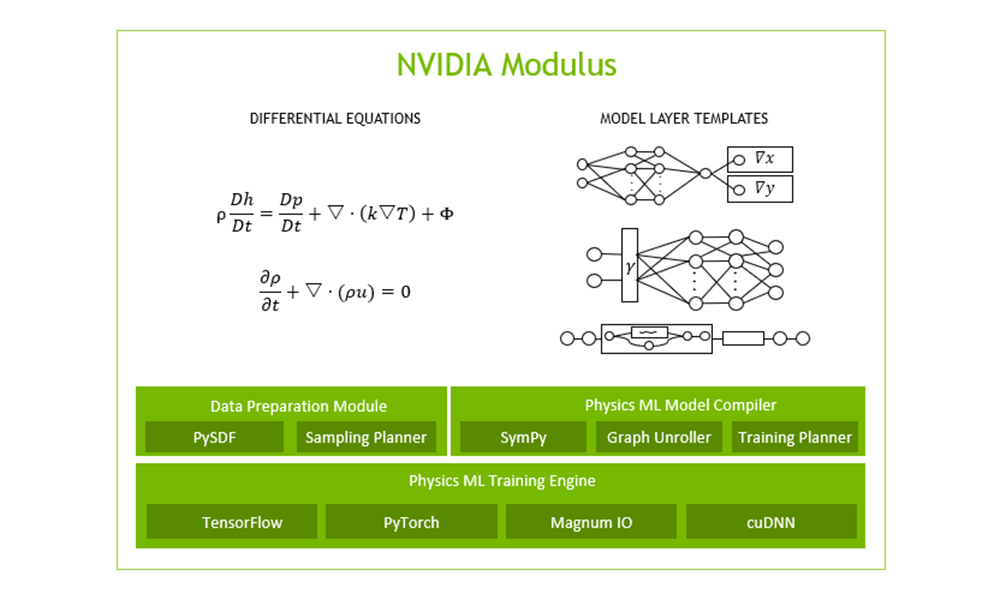
Source Image: developer.nvidia.com
Download Image
Problem on differential equation
Question A system is described by the following differential equation: \frac d^ 3 y d t^ 3+3 \frac d^ 2 y d t^ 2+5 \frac d y d t+y=\frac d^ 3 x d t^ 3+4 \frac d^ 2 x d t^ 2+6 \frac d x d t+8 x dt3d3y +3dt2d2y +5dtdy +y = dt3d3x +4 dt2d2x +6 dtdx +8x
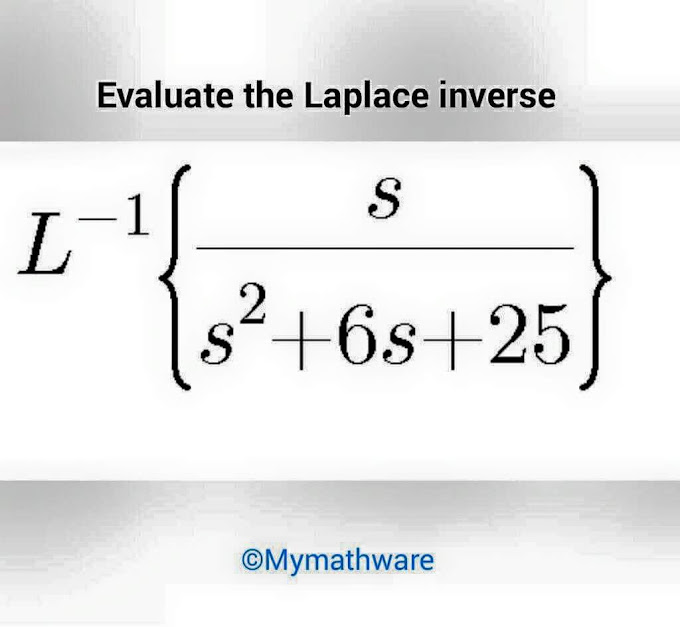
Source Image: mymathware.blogspot.com
Download Image
Formation of Differential Equations with General Solution
Consequently, a linear, time-invariant system specified by a linear con-stant-coefficient differential or difference equation must have its auxiliary Signals and Systems. 6-2. conditions consistent with that property. If, in fact, the system is causal in ad-dition to being linear and time-invariant, then the auxiliary conditions will correspond
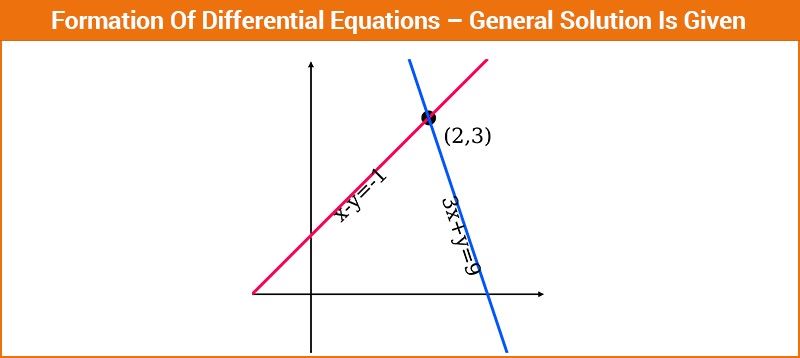
Source Image: byjus.com
Download Image
The Intuition behind the Laplace Transform | by Son Cain | Intuition | Medium
Formation of Differential Equations with General Solution
Aug 27, 2022The difference in form between Equation \refeq:10.1.15 and Equation \refeq:10.1.17, due to the way in which the unknowns are denoted in the two systems, isn’t important; Equation \refeq:10.1.17 is a first order system, in that each equation in Equation \refeq:10.1.17 expresses the first derivative of one of the unknown functions in a
Aquifer conditions, not irradiance determine the potential of photovoltaic energy for groundwater pumping across Africa | Communications Earth & Environment Problem on differential equation
We’ll say that A and f are continuous if their entries are continuous. If f = 0, then Equation 10.2.2 is homogeneous; otherwise, Equation 10.2.2 is nonhomogeneous. An initial value problem for Equation 10.2.2 consists of finding a solution of Equation 10.2.2 that equals a given constant vector. k = [k1 k2 ⋮ kn].